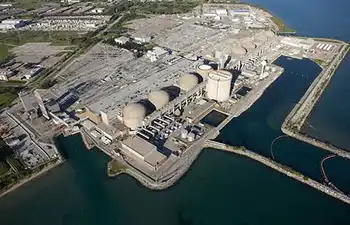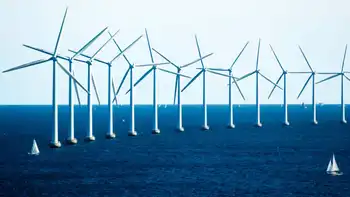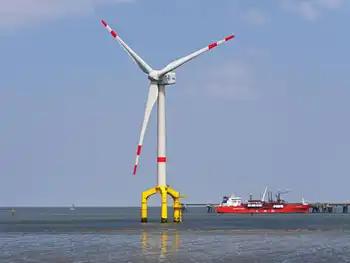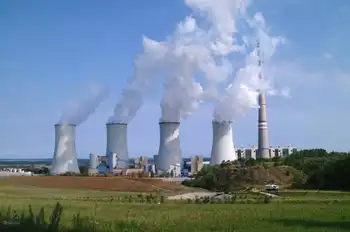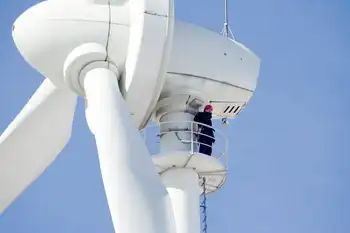Japan to allow IAEA inspection of quake-damaged nuclear plant
By Associated Press
Substation Relay Protection Training
Our customized live online or in‑person group training can be delivered to your staff at your location.

- Live Online
- 12 hours Instructor-led
- Group Training Available
The Kashiwazaki-Kariwa plant - the world's largest in terms of capacity - suffered a long list of radioactive leaks and malfunctions during the July 16 magnitude-6.8 quake, which killed 10 people and injured more than 1,000.
International Atomic Energy Agency chief Mohamed ElBaradei offered to have his Vienna-based agency dispatch global experts to inspect the damage earlier but Japan rejected the offer, saying it could handle the safety check on its own.
Local officials then petitioned the central government to accept the inspection, saying the plant's problems and leaks had stirred "great unease'' among residents and were tarnishing the state's reputation overseas.
Tokyo decided to accept the IAEA offer from the viewpoint of "international cooperation and information sharing,'' Masahiro Yagi, international chief at the Nuclear and Industrial Safety Agency, said.
"We will work closely with the IAEA to carry out the investigation,'' Chief Cabinet Secretary Yasuhisa Shiozaki told reporters, adding that Japan plans to cooperate "toward ensuring safety in other parts of the world that are also prone to earthquake.''
Plant operator Tokyo Electric Power Co., or TEPCO, and nuclear regulators have stressed the amounts of radioactivity leaked were extremely low and posed no threat to the environment or local residents.
But the damage still raised concerns about the plant's safety, prompting the government to order it shuttered indefinitely until its safety can be confirmed.
Gov. Hirohiko Izumida of Niigata state - home of the Kashiwazaki-Kariwa power plant - also had urged Prime Minister Shinzo Abe and Trade Minister Akira Amari to accept the IAEA inspection to address safety concerns in and outside the country.
Yagi did not say whether the local petition prompted the government decision to accept the IAEA inspection.
The earthquake triggered a wave of malfunctions and damage at the plant, including a fire that charred an electrical transformer, planks that toppled into a pool of spent nuclear fuel and the knocking over of some 400 barrels of atomic waste.
The problems - exacerbated by TEPCO's delays in notifying the public - were capped by news that radioactive water had sloshed out of a tank and was flushed out to sea, and that radioactive material was vented into the air in two separate instances.
Officials at the Kashiwazaki plant have acknowledged they had not foreseen such a powerful quake hitting the facility. They also repeatedly underreported its impact after it hit.





